For years, it seemed like a rule of pop culture that live-action anime adaptations were not meant to be. A variety of live-action movies such as the infamous Dragonball Evolution and Netflix's 2017 Death Note helped reinforce these views. Problems such as iffy casting, weak CGI, oversimplified plots, and unconvincing acting made it clear that anime and live-action shouldn't mix. Until 2023's One Piece came along, that is.
The secret to making the first truly great live-action anime adaptation was not simple, and there was no single factor to breaking the live-action adaptation curse. Everything from props and casting choices to CGI and the screenplay had to come together just right to make One Piece the success it is, including things viewers can see and many more behind the scenes as well.
10 Netflix's One Piece Embraced Campiness
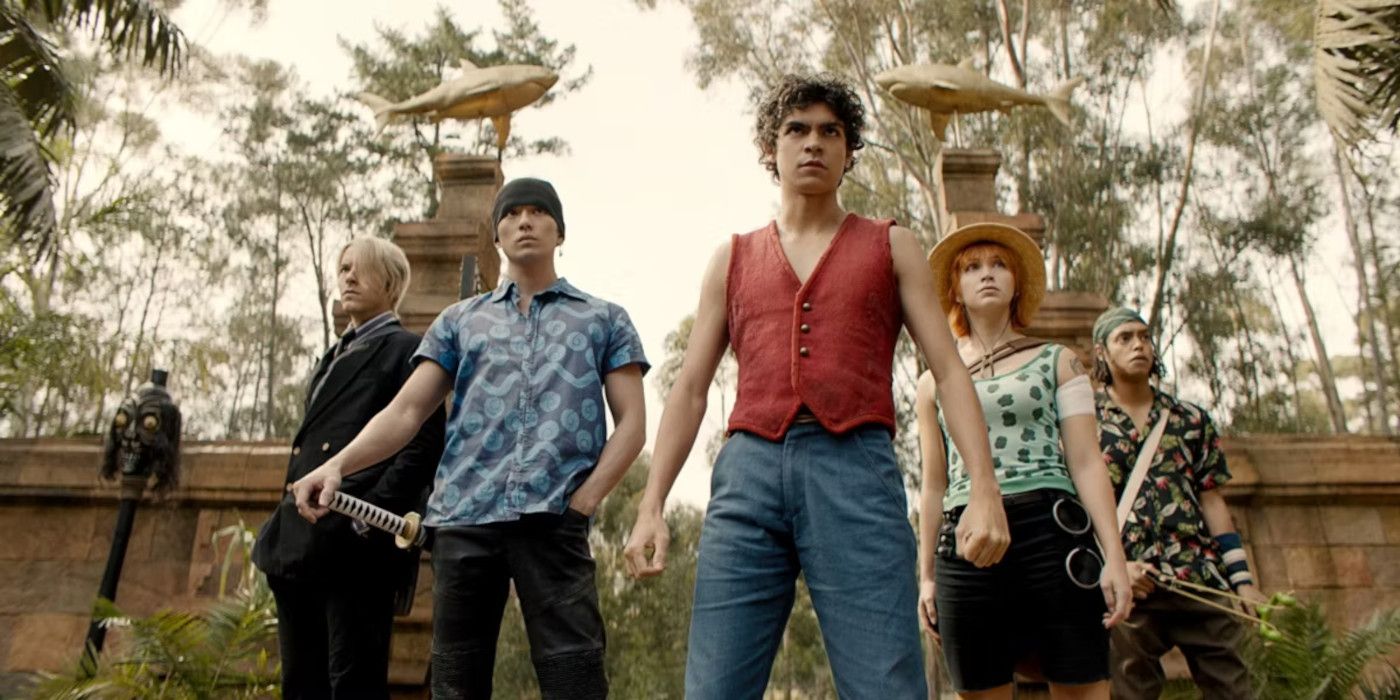
Some live-action anime adaptations tried to take a more serious approach and made the material more grounded and "normal." In a way, that made them anime-lite, doing away with the flamboyant campiness that makes anime so distinct and fun to watch. 2017's Death Note was one example, a conventional crime thriller with a black notebook.
Netflix's One Piece bravely embraced the original anime's colorful campiness without apologizing for any of it. It was refreshing to see a series that's confident enough to be fully anime with live actors, rather than just name-dropping things in a grounded series to appease fans.
9 Great Performances
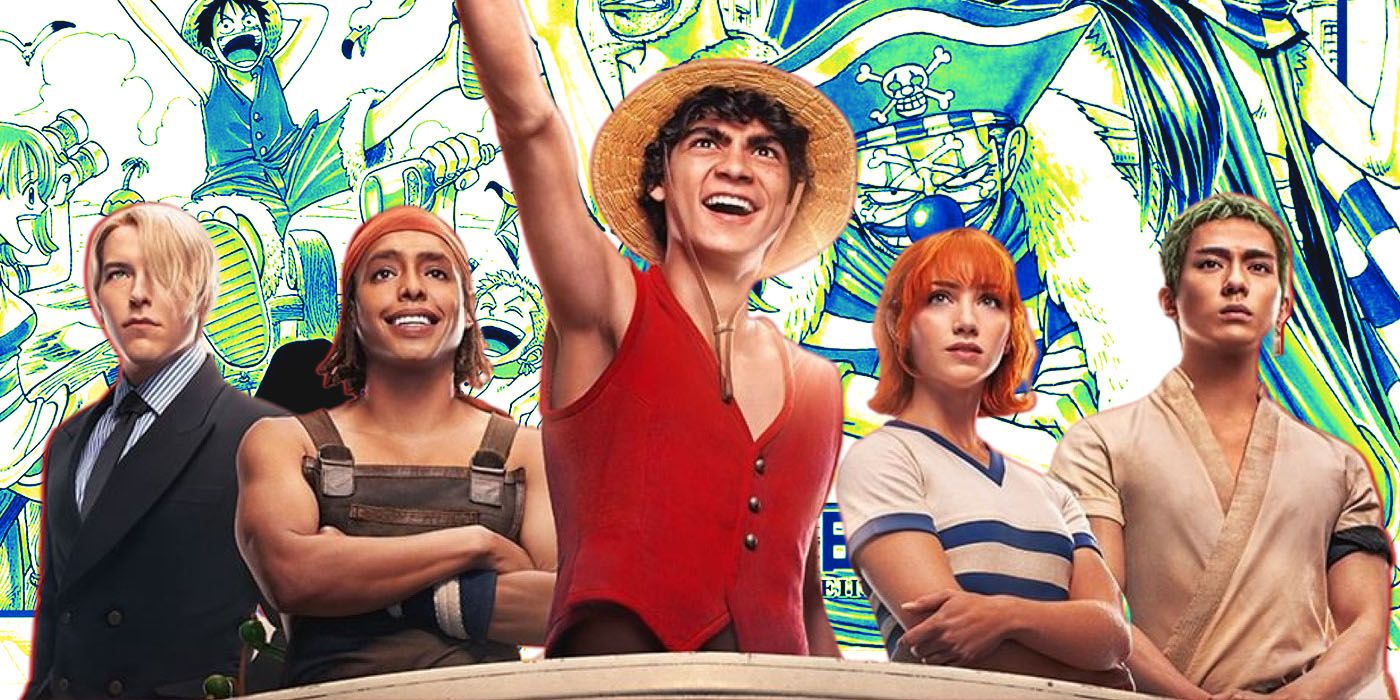
The performances from the main cast can make or break any live-action movie or TV show, whether or not it's rooted in anime. Some movies are legendary for impeccable and immersive performances that fans consider irreplaceable. Even if live-action anime can't easily reach such heights, it can still try.
Netflix's One Piece series featured some of the best and most convincing acting of any live-action anime production so far, and it didn't even need serious star power from the likes of Willem Dafoe or Scarlet Johansson to make it happen. Relatively new and obscure actors like Iñaki Godoy, Emily Rudd, and Jacob Romero Gibson made it happen, along with industry vets like Vincent Regan.
8 Eiichiro Oda Was Heavily Involved

Even the best producers can only estimate what a franchise's original creator would do in an adaptation, and no one can perfectly replicate any artist's original creative spirit. Fortunately, Netflix's producers decided to actually welcome author Eiichiro Oda onto the team and let his own mind speak for itself.
The producers didn't have to eyeball it – Mr. Oda himself provided constant input to make sure the live-action One Piece series neatly fit his creative vision down to the smallest detail. Ideally, that will become an industry standard for other anime adaptations, since there's no substitute for the original creator's own mind.
7 Other Genres Were Incorporated
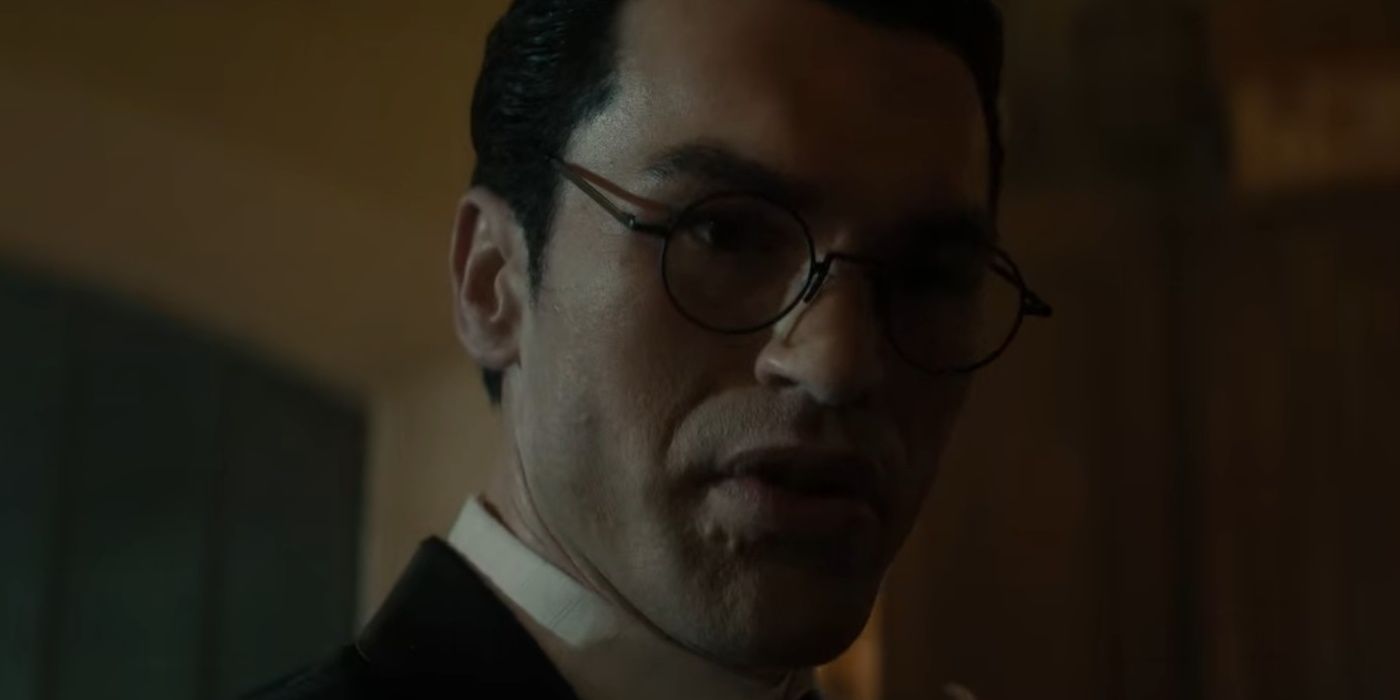
Dipping into other genres can either make a production deeper and more nuanced, or just make it a confusing and inconsistent mess, depending on how well it's handled. Netflix's One Piece took a minor gamble that paid off in this department, and dabbling in horror worked well.
Few other anime adaptations have even tried what One Piece did by turning the already sinister Captain Kuro into a true horror villain in one particular episode. By contrast, the live-action Bleach movie tried to blend humor and action like the original anime, and the results were weak and awkward.
6 Costumes & Makeup
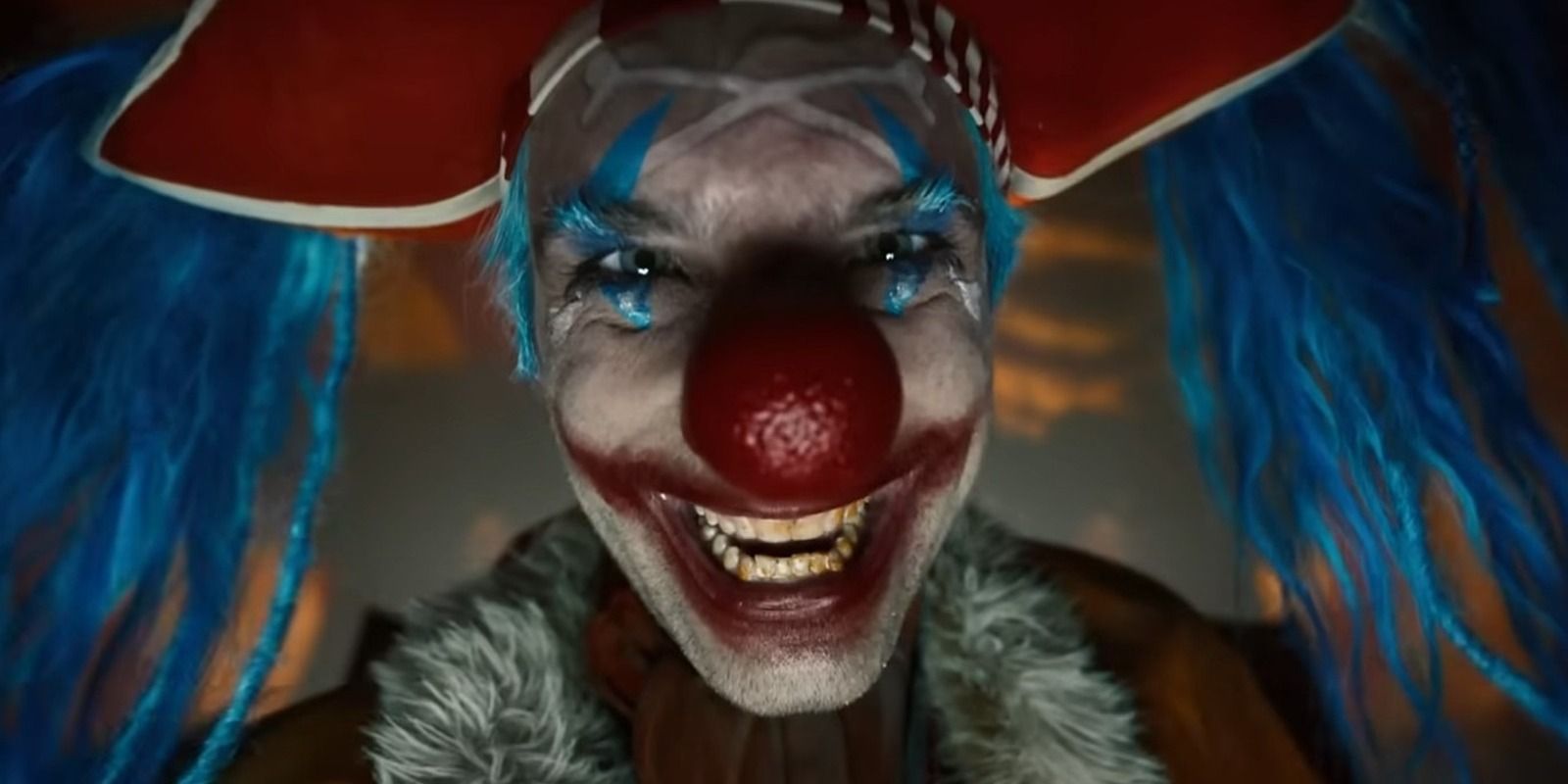
Acting is just one component to bringing an anime character to life with real actors. The costumes, wigs, prosthetics, and makeup must also be finely tuned, and either extreme will weaken the immersion. On one hand, trying to look exactly like the anime results in a cosplay-like look, such as with the live-action Fullmetal Alchemist movies.
The other extreme is paring down the anime-ness of the outfits and hair until it's hardly an anime adaptation at all. Netflix's One Piece carefully struck a middle ground with practical but colorful outfits and effects that honored the original anime without going too far. For example, Usopp's long nose and Sanji's curly eyebrow were smartly omitted, but Buggy's big red nose remained.
5 The Fights More Focused
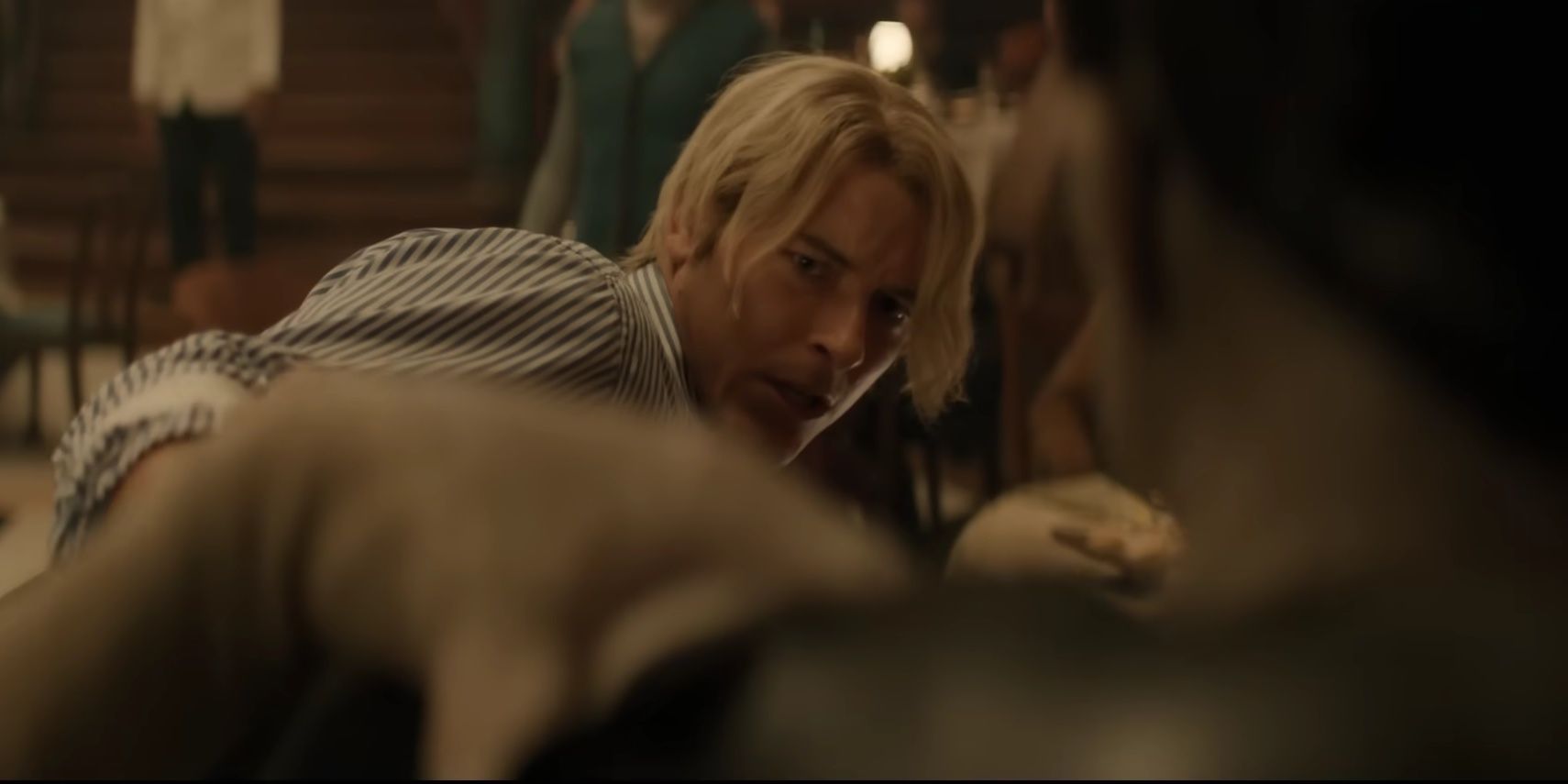
All versions of One Piece involve fantasy combat, and new and returning fans alike will expect that. However, the anime had lengthy fights that would not entirely fit in the live-action version, so Netflix's producers pared down the action scenes in a variety of ways, all to good effect.
Live-action One Piece's fights are quick and brutal, so the story can move on, and that even includes impactful fights like Luffy's final battle vs Arlong in the East Blue saga. Those fights were all about results and personal themes, not exchanging countless blows to please action fans.
4 Netflix's One Piece Caters Mostly to New Fans

On some basic levels, most live-action anime adaptations are welcoming to new fans as digestible two-hour samples of what the original material is like. However, those movies still leave a lot of gaps that only longtime fans can fill, which limits their appeal. Netflix's One Piece took steps to fix that and be more beginner-friendly.
Live-action One Piece was written so new fans could learn everything they needed to know about the saga's characters, themes, and worldbuilding, leaving surprisingly little to the imagination. Longtime One Piece fans would still get a little more out of it, such as knowing exactly what the name-dropped Baroque Works is like, but only that.
3 Great Music & Sound Design

Netflix's live-action One Piece series gives fans plenty to look at during its runtime, and the sound kept pace. The series' soundtrack wasn't quite on par with OSTs from anime like My Hero Academia or Attack on Titan, but it was still a solid OST that set a new standard for anime adaptations.
The show's main theme, in particular, was short, catchy, and captured the energetic spirit of the series well, and the music in each episode was on par. The sound effects also helped add to the immersion, such as the stretchy noises of Luffy's rubbery arms, cannonfire, and even the "ringing" of transponder snails.
2 Flashbacks Are Done Right
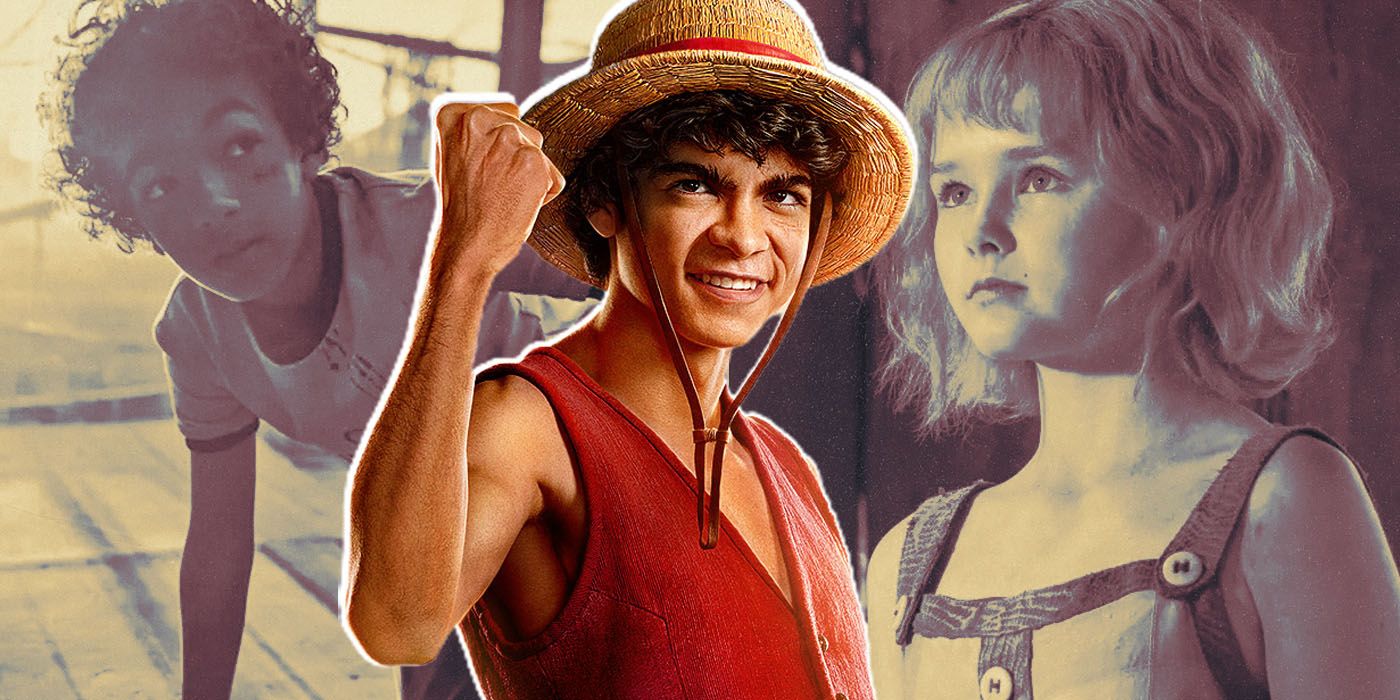
Flashback sequences are common in anime series to flesh out someone's backstory and explore earlier story arcs to provide more context. However, movies have limited time for flashbacks, and anime adaptation movies hardly use them at all. But as a TV series, One Piece's live-action series had room for them.
One Piece used just enough flashbacks to provide context to Luffy's origins and the backstories of his first four crewmates as well. Best of all, these impactful flashbacks were broken up into pieces and interwoven with the narrative to create a better flow. In some cases, the past and present even mirrored each other that way.
1 Netflix's One Piece Cuts Fluff Lore
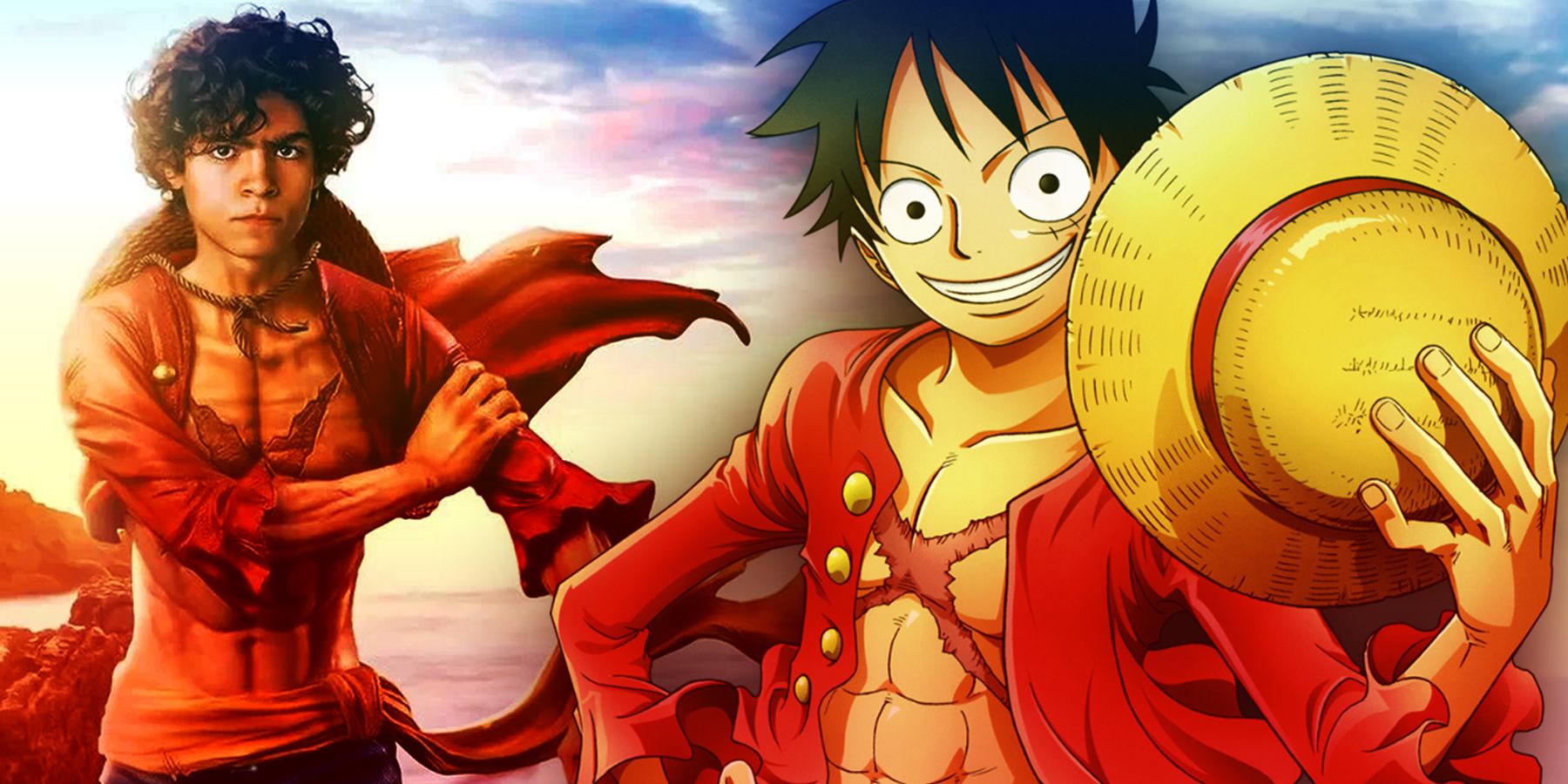
The original One Piece anime had relatively little filler, which is fluff content by design. However, even with all filler gone, the One Piece anime still had too much material for the East Blue saga to be fully adapted in Netflix's live-action series. So, the producers had to expand their definition of "fluff."
Sacrifices were made to fit the East Blue saga into eight live-action episodes, and it worked. Luffy's battle against Don Krieg was cut, for example, since it lacked the emotional weight of fighting Kuro and Arlong. Also, the series completely omitted the Loguetown arc, since it was borderline filler anyway and would have disrupted the pacing of Netflix's series.

